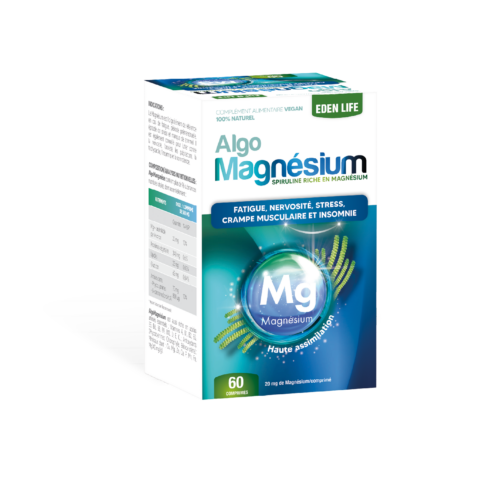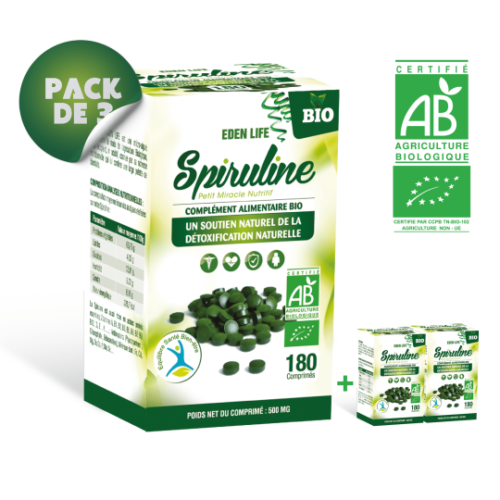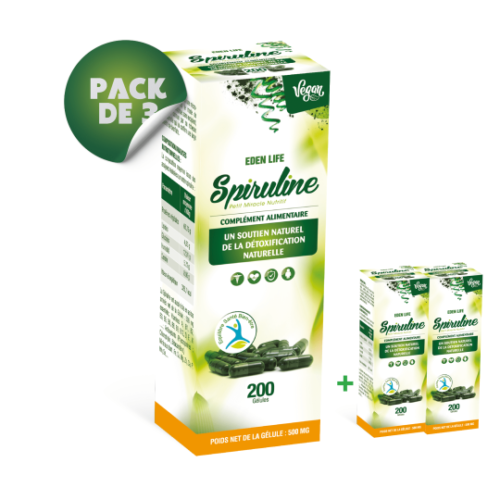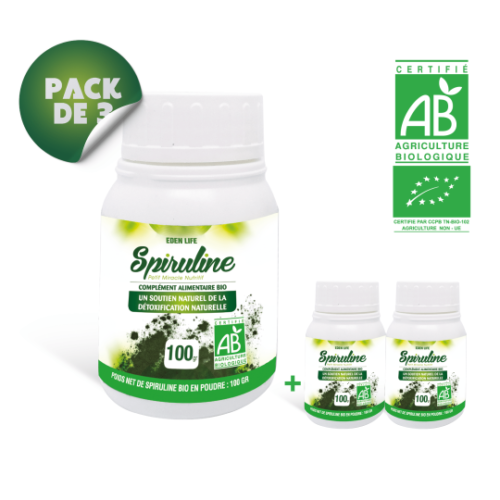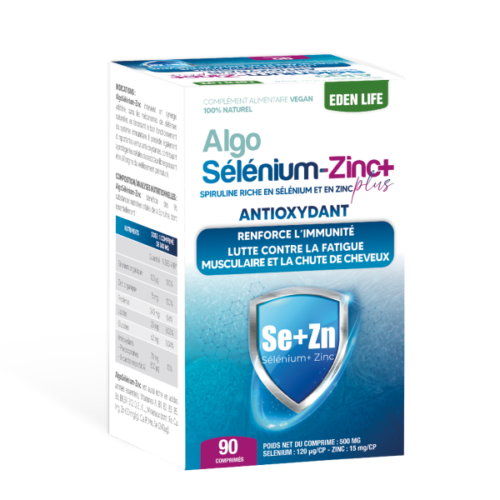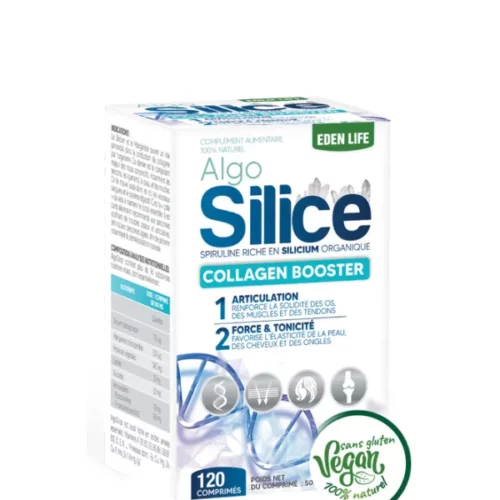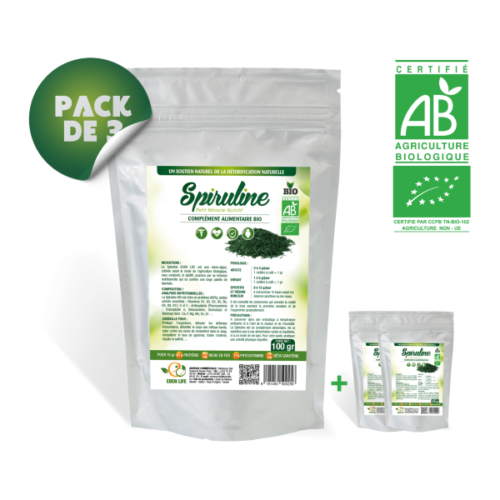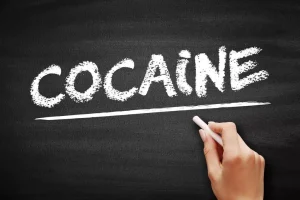
Indeed, in rodent models, alcohol abstinence or withdrawal periods are often followed by enhanced rebound alcohol drinking, the alcohol deprivation effect 66. Accordingly, the macaques in Cohort 3 underwent three, 1-month long abstinent periods during the experiment. When compared alongside the male macaques from Cohort 2, which did not undergo multiple abstinence periods, we can begin to assess the effect of the abstinence periods on our measured outcomes, as well as, the persistence of these outcomes.
Your Brain on Alcohol
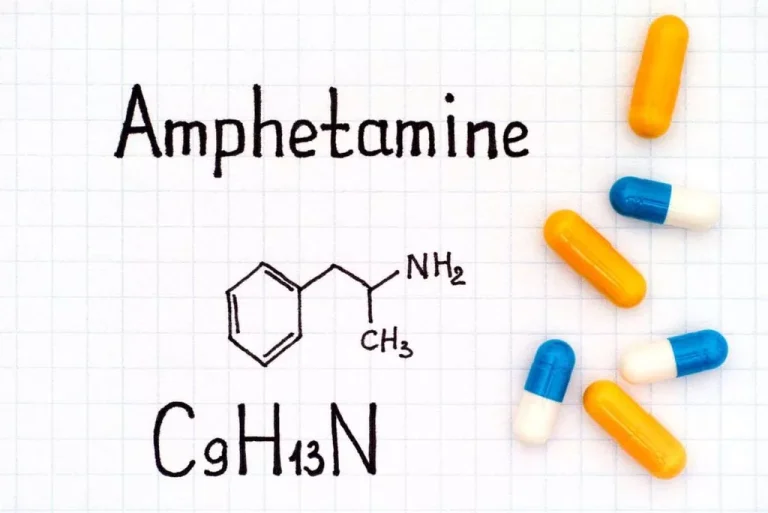
Similarly, in a limited set of putamen slices from the female cohort, we observed a potential reduction in cholinergic driven dopamine release in alcohol monkeys relative to controls (Fig. S1). Once isolated from cholinergic influence, dopamine terminals from the multiple abstinence male subjects in control and alcohol treatment groups responded similarly to varying frequency stimulation. Our findings with blockade of β2-containing nAChRs resemble previous findings in rodent striatum both with respect to antagonist inhibition and decreased inhibition at higher/phasic stimulation frequencies. Thus, the cholinergic contribution to dopamine release is conserved in primate striatum.
Acute Alcohol Effects on the Brain’s Serotonin System

Eventually, as the brain tries to balance itself, the same amount of alcohol no longer results in the same level of dopamine release in the brain. The most basic level of complexity is the arrangement of connections (i.e., synapses) between individual neurons. One neuron may connect with up to hundreds or thousands of adjacent neurons (Shepherd 1994). However, subtypes of the same receptor may respond differently from one another depending on the neuron or on the part of the brain in which the receptor is located. Inhibitory neurotransmitters transiently decrease the responsiveness of other neurons to further stimuli, whereas excitatory neurotransmitters produce the opposite effect.
Alcohol and Dopamine: The Complex Relationship Between Drinking and Brain Chemistry
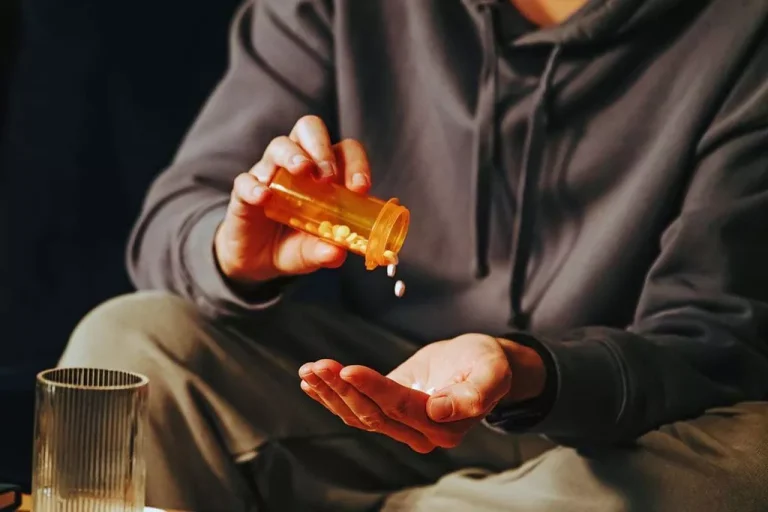
“If you’re using alcohol to cope with stress or anxiety, if you’re going out and intending to drink one drink and you’re not able to stop yourself from drinking, it’s important to talk to your doctor and meet with a specialist,” encourages Dr. Anand. If you drink for long periods of time, it can cause depression, and when you abruptly stop drinking, it can cause anxiety,” says Dr. Anand. In addition to dementia, long-term alcohol use can lead to other memory disorders like Korsakoff syndrome or Wernicke’s encephalopathy. It can remodel neural pathways to overcome self-destructive habits and behaviors and develop new pathways leading to healthy and sober lifestyle choices. It’s a complicated organ with billions of neurons shooting messages to each other to sustain critical life functions, coordinate muscular action, and learn new skills. Researchers discovered that after a year of recovery, the number of dopamine proteins in the brain increases.
It should, however, be noted that more recent clinical trials using the extended release formulation of quetiapine 163, 164 failed to replicate the clinical findings of the previous studies. Alcohol might also increase inhibitory neurotransmission by increasing alcohol and dopamine the activity of inhibitory neuromodulators, such as adenosine. Activation of the adenosine system causes sedation, whereas inhibition of this system causes stimulation.
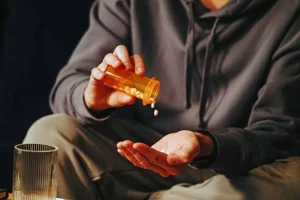
- Dopamine uptake was also enhanced in females, but not males (regardless of abstinence state).
- It’s also why medicines that increase dopamine levels in the brain can be so addicting that people will continue to drink despite the repercussions.
- However, the dopaminergic circuitry mediating AB to alcohol cues in humans––and the extent to which this circuitry overlaps with the circuitry mediating conditioned responses to non-drug rewards––remains unclear.
- This process, also called tolerance development, presumably is a mechanism to reestablish normal cell function, or homeostasis, in response to continuous alcohol-induced alterations.
It should also be mentioned that accumbal dopamine D1 receptor might regulate alcohol‐induced reward. Indeed, intra‐NAc infusion of a dopamine D1 receptor antagonist (SCH23390 or ecopipam) decreased alcohol‐mediated behaviours in rats 141, 143. Collectively, these data indicate that the dopamine D2 as well as D1 receptors within the NAc regulate alcohol reinforcement. The mesocorticolimbic dopamine system (or the so‐called brain reward system, Figure 1) is one of the established neurobiological systems involved during the development and maintenance of alcohol dependence and thus one potential treatment target.
- The short-term effects of alcohol on dopamine levels have been a subject of extensive research in neuroscience.
- Other strategies focus on enhancing natural dopamine production through lifestyle changes, including exercise, nutrition, and stress management techniques.
- For example, in some neurons serotonin alters the rate at which the cells produce the electrical signals (i.e., action potentials) used for relaying information within the cells, whereas in other neurons it modulates the release of other neurotransmitters.
- Drivers with a BAC of 0.08 or more are 11 times more likely to be killed in a single-vehicle crash than non-drinking drivers.
- Secondary outcomes included healthcare utilization, alcohol-related health events, and adverse events.





